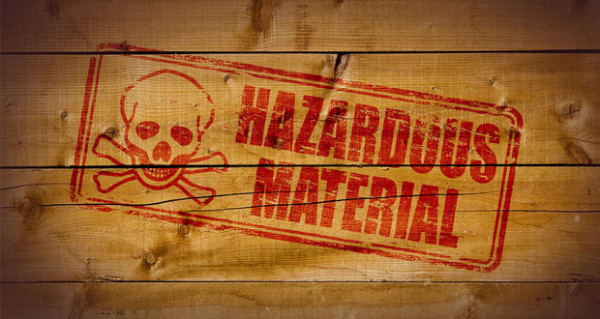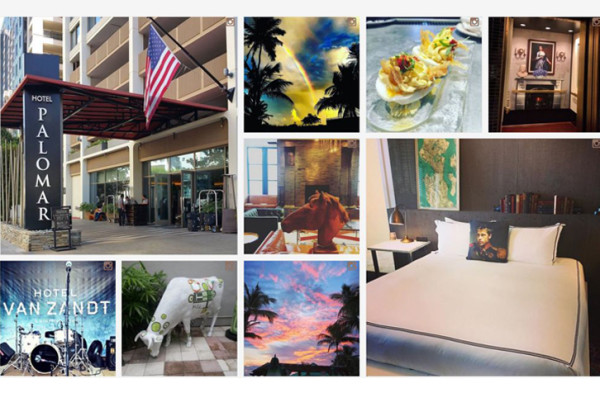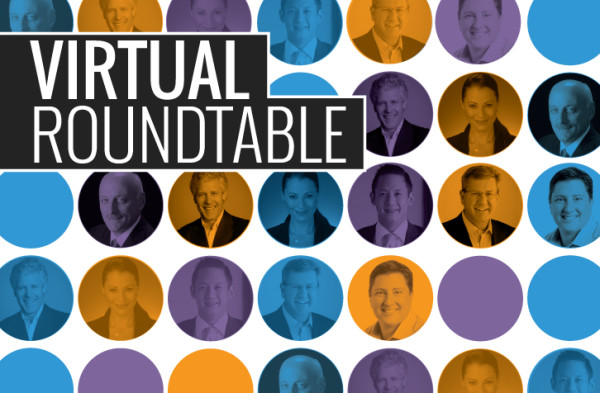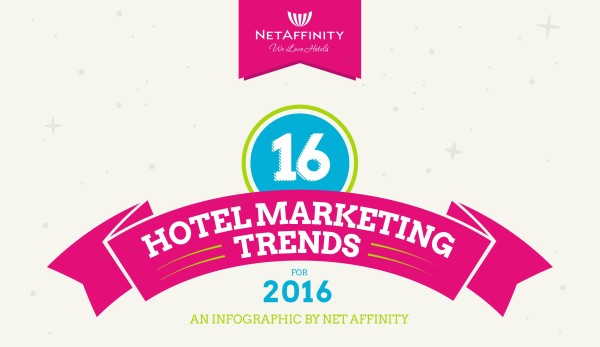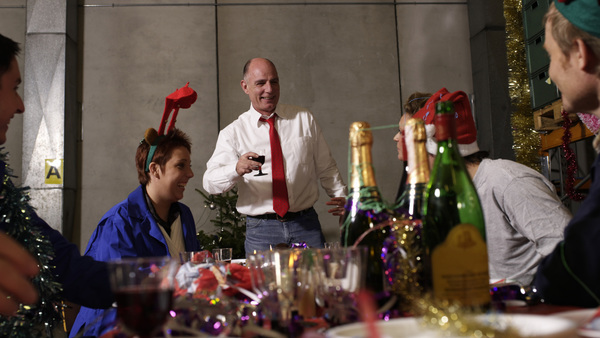Effective cost management of workers compensation claims starts at the time of the injury. Otherwise, studies confirm that the longer it takes to report a claim, the higher the cost.
“What happens in the first 24 hours post-injury is critical,†said Michael Bell, executive vice president for U.S. business development with Gallagher Bassett. Industry experts agree that successful management of these expenses must be comprehensive from start to finish, from the time of the injury through recovery and eventual return to work.
Bell estimates that 30% of all injured workers require medical guidance instead of medical care. This means that 30% can be resolved with self-treatment and that a claim doesn’t have to be filed. It eliminates a costly visit to the emergency room, where expenses can quickly climb to $1,000 or more.
The top priority — helping the employee recover and return to work — is best addressed by prompt treatment and proper guidance to direct the patient to the right source of care. For example, if someone is suffering from complex pain issues, a general practitioner may not be the best option for a claim that is not going to end with a simple outcome.
An injury is frequently a new experience for many employees who are looking for guidance. Where that guidance comes from, whether on the employer’s side or the claims handling side, makes a difference. A recommended best practice, Bell said, is a nurse triage process. Nurses will record initial interviews at the site of the accident, a critical time when facts can be clarified and confirmed. A worker will be much more honest in sharing information with a nurse than with a claims professional. A triage nurse also determines whether treatment is even necessary and then guides the patient to the appropriate medical provider.
For more:Â http://bit.ly/1mQNvXM


